
Contrasting Colour Contrasting colors, Complementary colors, Opposite
Complementary colors are two colors opposite each other on the color wheel, such as Cranberry and Willow (red and green), and Goldrush and Pacifica (orange and blue). If you notice, one side of the color wheel is made up of warm colors while the other is made up of cool colors. Complementary colors, since they are across from one another, will.

Color Theory Complementary Colors and How to Use Them Make It from
What Is the Opposite of Green? (Complementary Color) What Is the Opposite of Green? (Complementary Color) Whether you are a professional artist, colorist, or designer, or need help understanding colors for a DIY project, learning basic color theory is extremely important to a successful result.
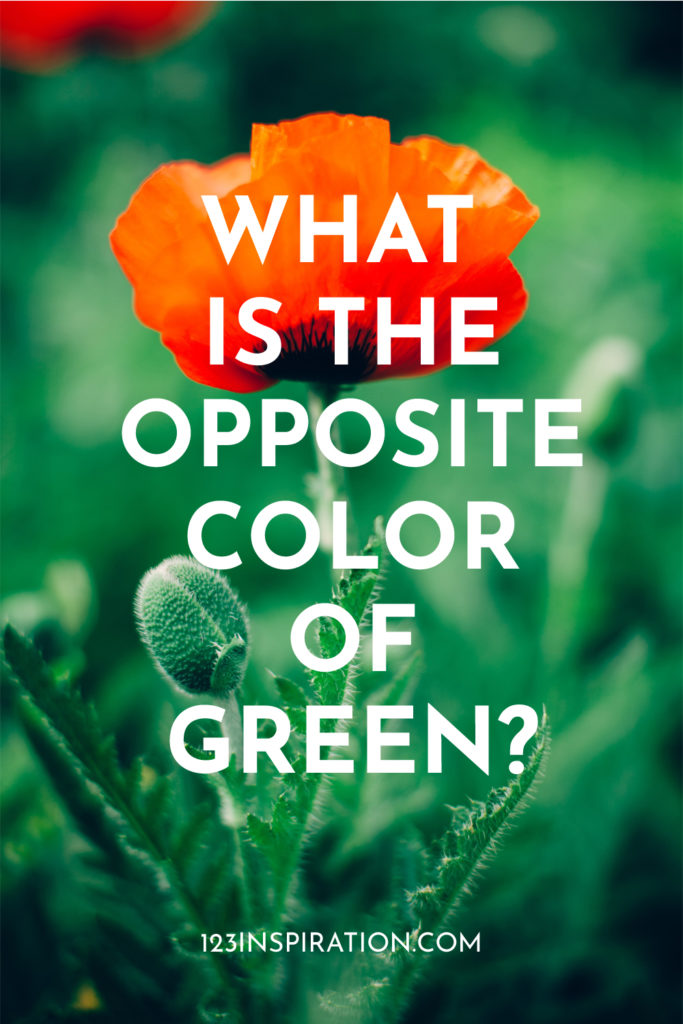
What Is The Opposite Of Green? (Color Wheel & Complementary Color
In different color models Traditional color model. The traditional color wheel model dates to the 18th century and is still used by many artists today. This model designates red, yellow and blue as primary colors with the primary-secondary complementary pairs of red-green, blue-orange, and yellow-purple.

rgb cmyk color wheel Lynna Rankin
Complementary colors use colors from opposite sides of the color wheel to create a sharp contrast. If you pick a color and then travel 180° around the color wheel, you'll find the complementary color.. Cyan (C): Cyan is a bluish-green color. When cyan ink is applied to a surface, it absorbs red light, making it appear blue-green to the.
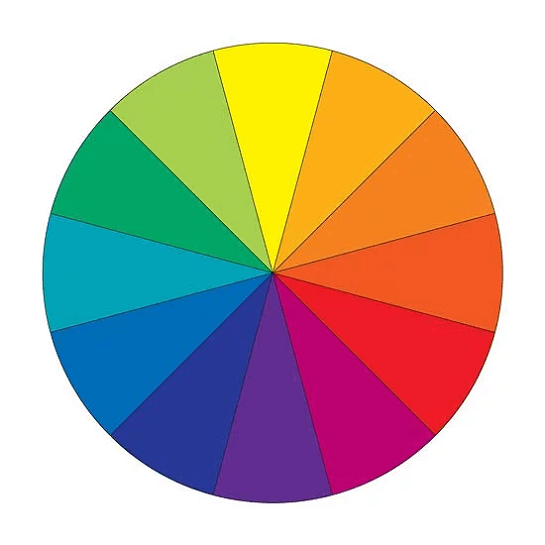
What Color Is the Opposite of Green? (Updated 2023)
Color Theory Basics: The Color Wheel in a Nutshell Professor Itten's original color wheel contained three levels of colors: primary, secondary and tertiary. Primary Colors Primary colors could also be thought of as "primal colors" or "original colors." There are only three of them, and they can't be created by mixing other colors together.
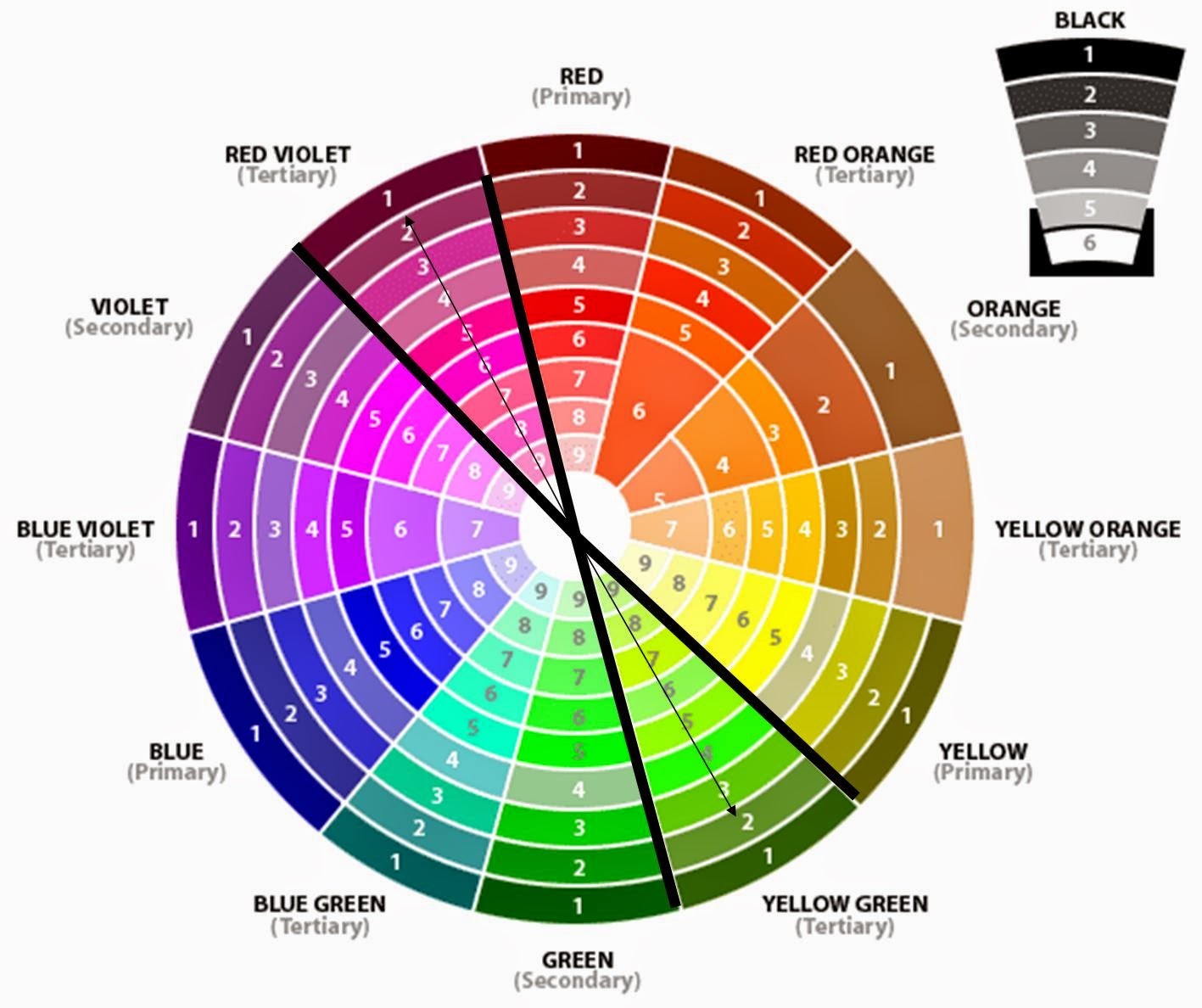
Off the Rails Scrapbooking Using a Colour Wheel Part 5 Complementary
The colors include primary colors (red, yellow, and blue), secondary colors (orange, green, and violet), and tertiary colors (yellow green, blue green, blue violet, red violet, red orange, and yellow orange).Secondary colors are created by mixing primary colors.
What color is the opposite of green? Quora
Complementary colors sit opposite each other on the color wheel. These colors, when paired together, bring out the best in each other. Complementary colors result in high-contrast colors. Examples of complementary colors are yellow and purple, blue and orange, and red and green. Complementary colors bring out the maximum contrast and maximum.

The Ultimate Color Combinations Cheat Sheet Sage green with
A. To select complementary colors, start by identifying the main color you are dedicated to using. Then, refer to the color wheel and find the color directly opposite the one you selected to find the complementary color. Here is a quick snapshot of complementary color scheme pairings from the color wheel. Red and Green; Orange and Blue; Yellow.
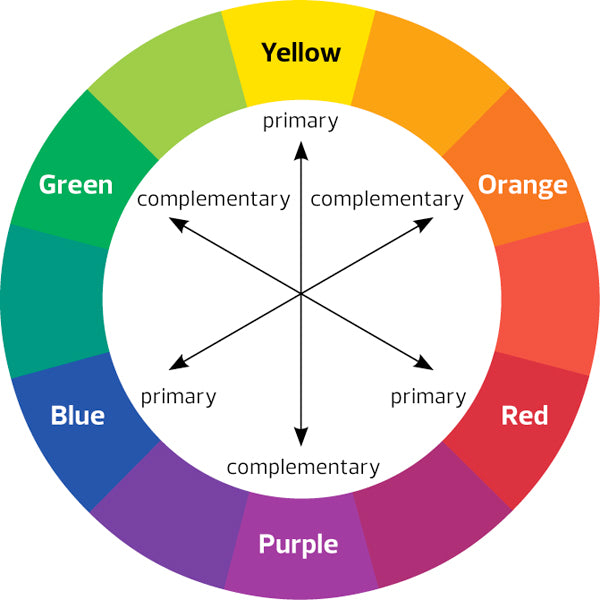
The Essence of Design, Part 2 Color Theory and Its Role in Design
September 7, 2021. Complementary colors are two colors that appear opposite one another on the color wheel. If you look at a color wheel, the opposite of red is green so green is the complement to red. The same principal holds true for other colors in the wheel. Purple is the opposite or complement to yellow, and orange is the opposite or.
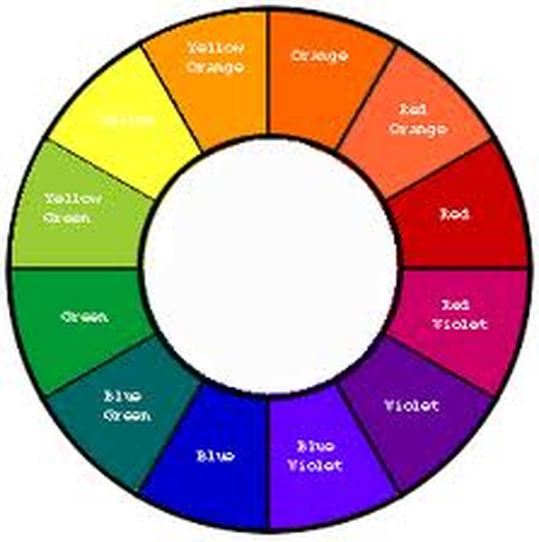
What's The Opposite Of Pink On The Color Wheel Color theory is a
A color wheel or color circle [1] is an abstract illustrative organization of color hues around a circle, which shows the relationships between primary colors, secondary colors, tertiary colors etc.

Color Theory Double Complementary Color Schemes Make It from Your Heart
Red and Green Blue and Orange Yellow and Purple Tertiary colors are created by mixing together one secondary color with one primary color. To find the complementary color of a tertiary color, look for the tertiary color directly across from it: Yellow-Orange and Blue-Violet Red-Orange and Blue-Green Red-Violet and Yellow-Green
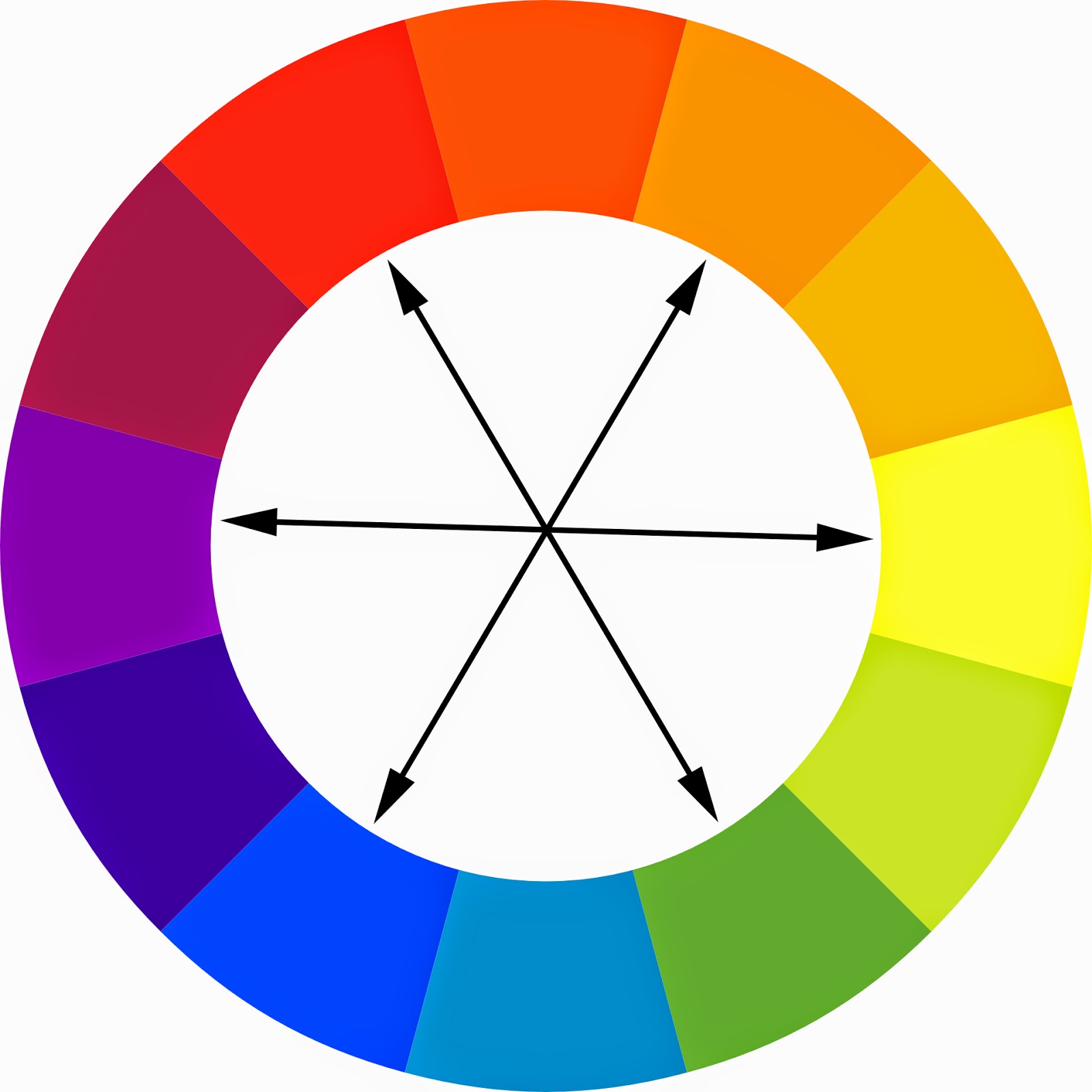
The Secret to Using Complementary Colors Effectively
On the color wheel, complementary colors are located directly opposite each other.. Blue) color model, which is a subtractive color model typically used in painting and older color theory, the complementary color pairs are: Red and Green; Yellow and Purple; Blue and Orange; In the RGB (Red, Green, Blue) color model, which is an additive.
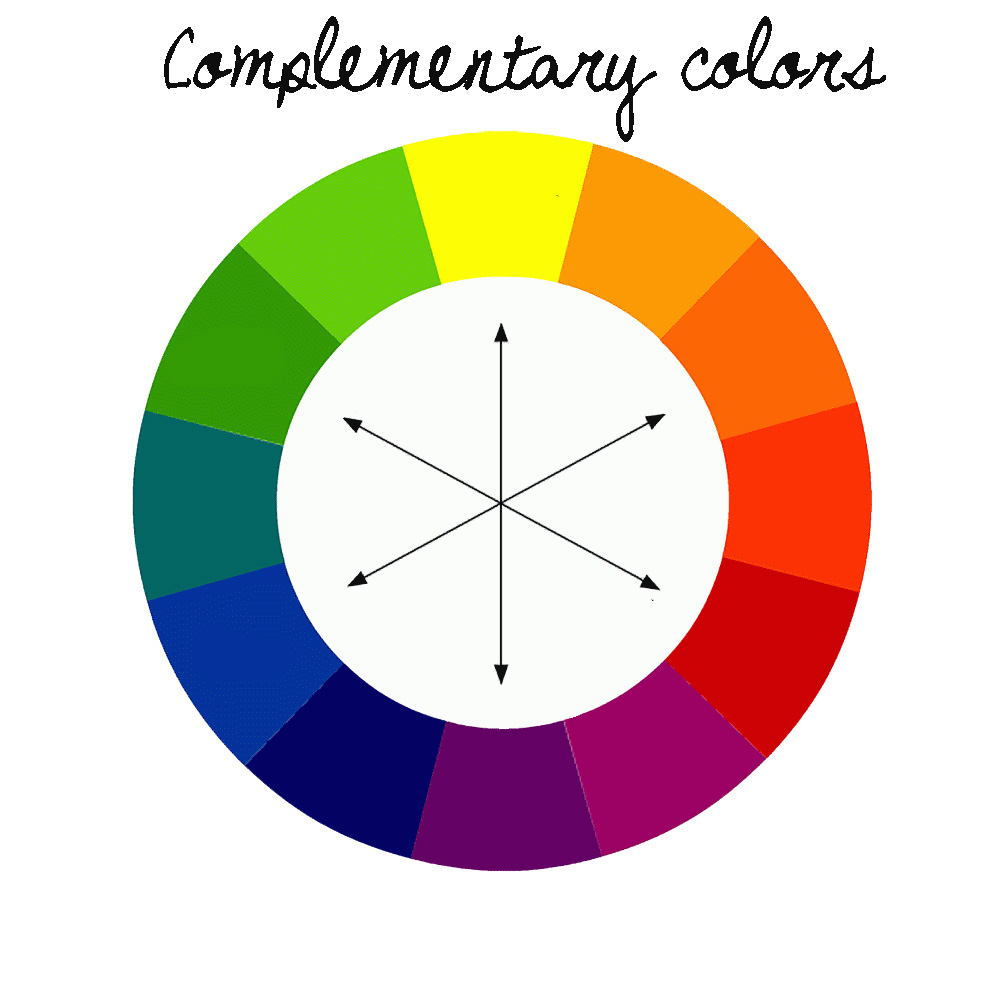
COLOR 101
Complementary colors are opposite each other on the color wheel. They create high contrast and vibrant looks when used together. Complementary colors include red and green, blue and orange, and yellow and purple. Artists and designers worldwide often use these combinations to make elements stand out. Complementary colors also enhance visual appeal.
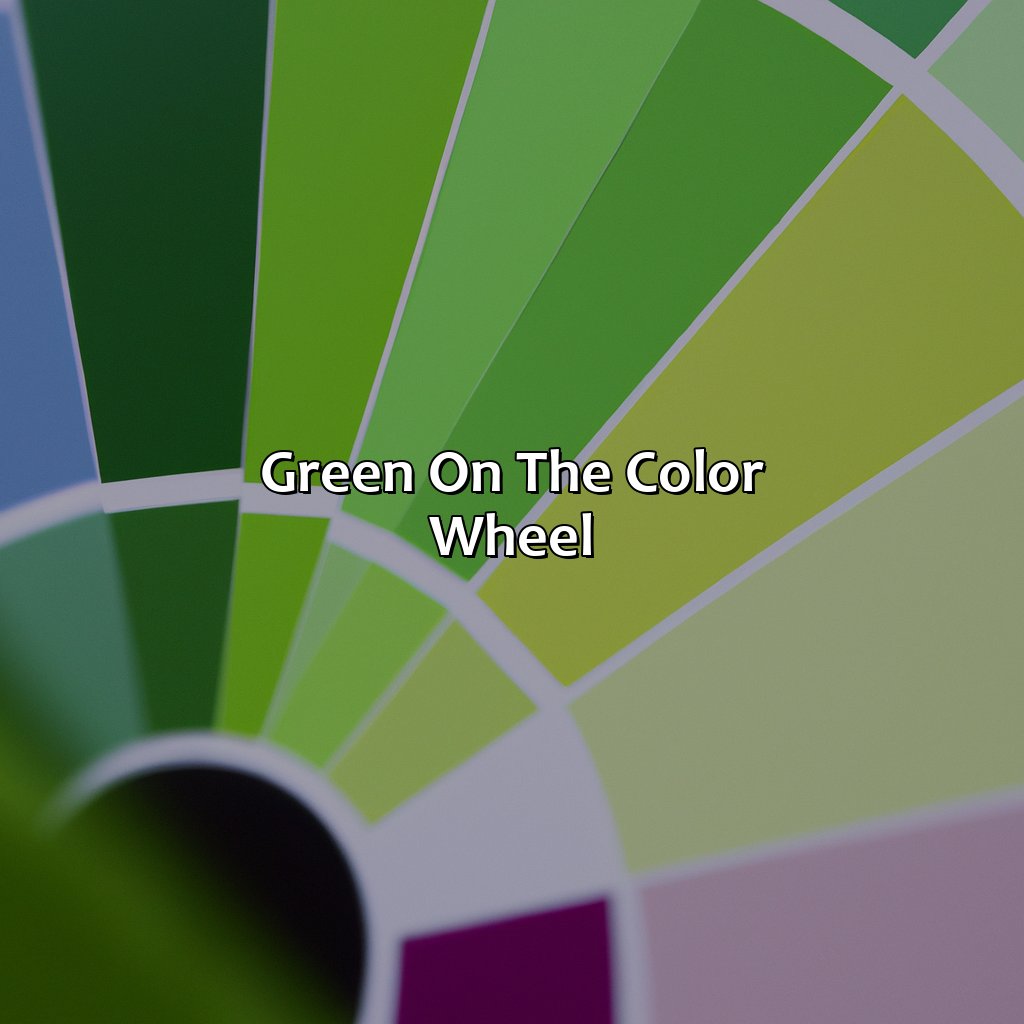
What Is The Opposite Of Green On The Color Wheel
Then there is the RGB, or red, green and blue color wheel, which is designed for online use, as it refers to mixing light - like on a computer or TV screen. Canva's color wheel is an RGB color wheel, as it is designed for online use. Color combinations Complementary. Two colors that are on opposite sides of the color wheel.

Complementary Color Wheel
Online graphics involve light and use the RGB (red, green, and blue) model, which works as an additive color system. The color you add will move you closer to white. This is represented by numbers on a scale from zero to 255. For example, red will be RGB of 255, 0, 0, or white would be an RGB of 255, 255, and 255.

Complementary Color Wheel Clipart Etc Images and Photos finder
The modern color theory uses either the RGB additive color model or the CMY subtractive color model, and in these, the complementary pairs are red-cyan, green-magenta, and blue-yellow . RGB color model is for the sensing, representation, and display of images in electronic systems, such as televisions and computers.